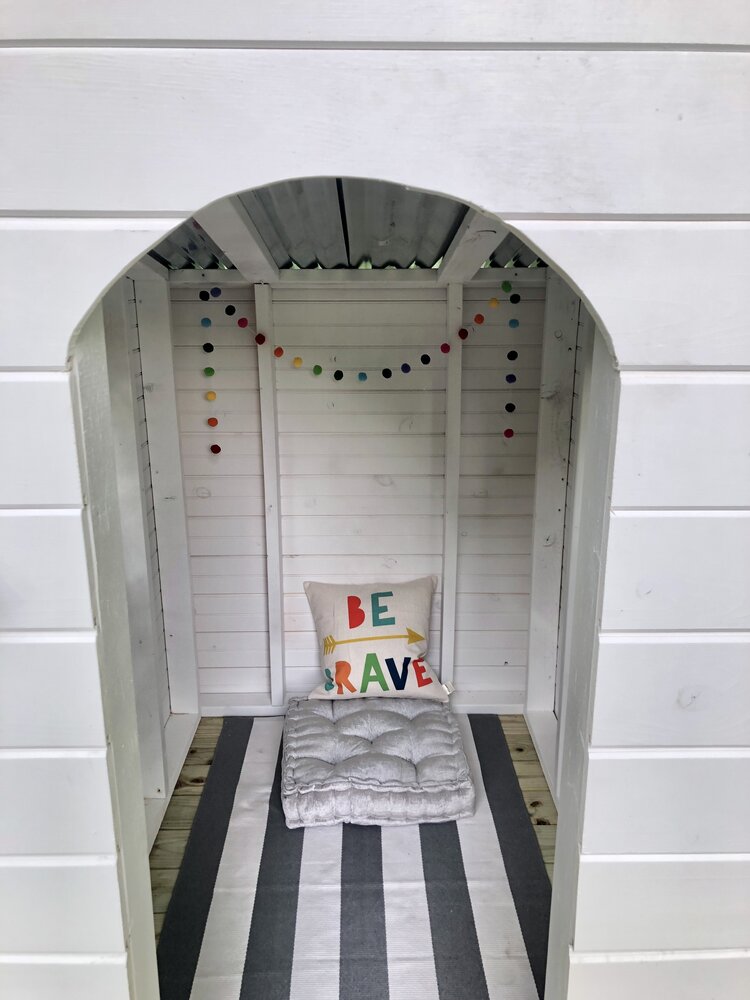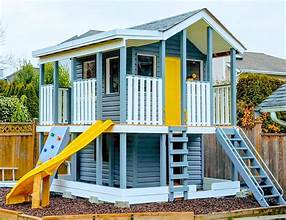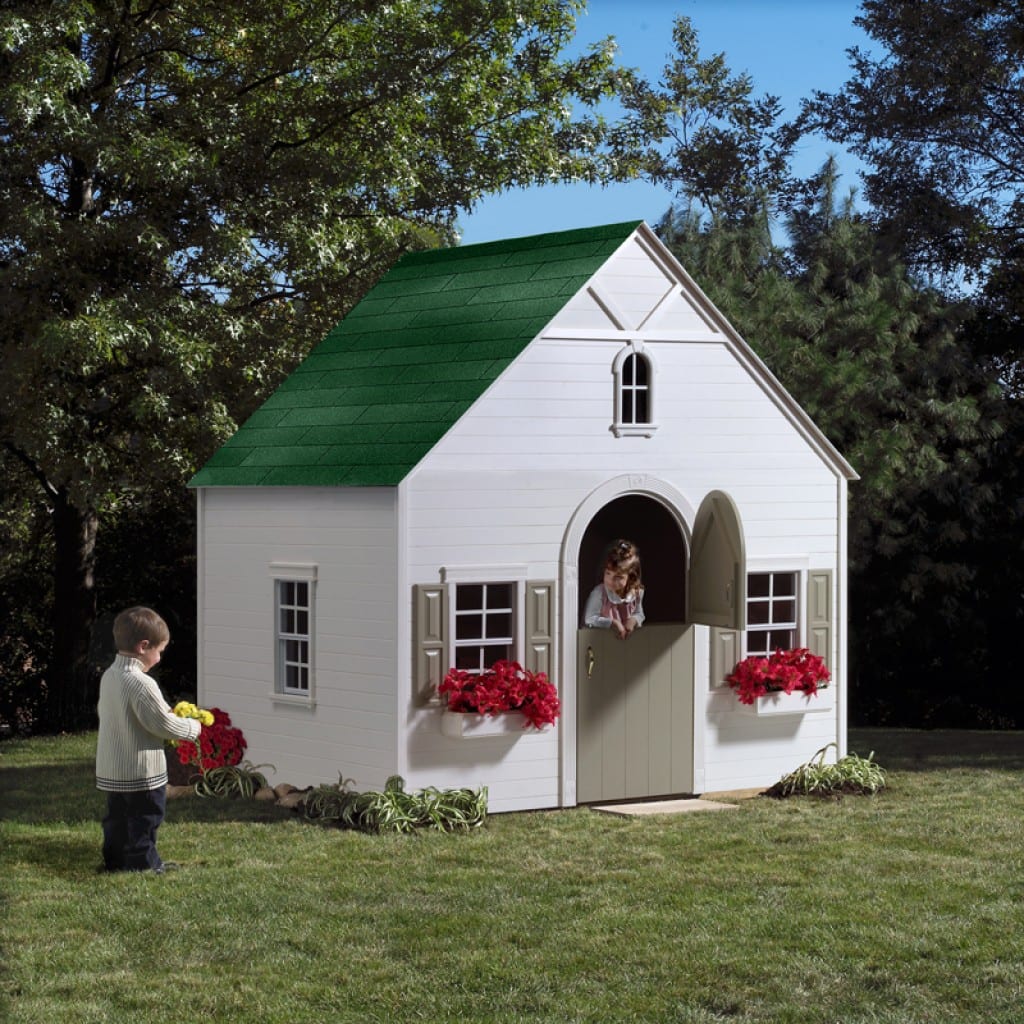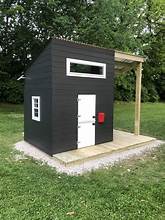From simple backyard structures, playhouses have become flexible community resources to encourage socialization, creativity, and inclusion. In the contemporary neighborhood, a playhouse is more than a play space for children but an avenue to connection for families and a strong anchor for community building.
In this article, we’ll explore the benefits of using playhouses as community spaces, creative ways to integrate them into neighborhoods, and practical tips for making them accessible and engaging.

The Role of Playhouses in Community Building
Playhouses provide a dedicated space where children, parents, and neighbors can come together. They encourage:
Social Interaction: Children learn to share, collaborate, and build friendships, while parents connect over shared experiences.
Creative Exploration: Playhouses help foster creative and imaginative play, thus enabling the children to become problem solvers.
Community Cohesion: Shared spaces can enhance neighborhood cohesion, creating a sense of belonging among residents.
Benefits of Community Playhouses
- Fostering Social Skills among Children
In a community playhouse, the social skills learned include teamwork, communication, and conflict resolution when kids interact. This helps the child prepare for later relationships and collaborations. - Active play encouragement
A playhouse can create very safe and attractive space for active play that will advance the well-being of kids’ bodies while hindering sedentary behaviors. - Inclusivity encouragement
Good designs bring inclusivity in the playhouse, therefore, guaranteeing each child can have fun. It provides ramps and sensory elements and adaptable designs in the making of the space appealing for everyone - Community Building
Parents and caregivers meeting at the playhouse can also form support networks, while community events around the playhouse can encourage neighborhood engagement.

Creative Ideas for Community Playhouses
- Themed Playhouses
Design playhouses around themes like castles, pirate ships, or space stations to spark children’s imaginations. - Multi-Purpose Play Spaces
A playhouse can be combined with other features, such as picnic tables, gardens, or amphitheaters, to create a multifunctional community space. - Nature-Integrated Designs
Trees, climbing walls, and green roofs could be integrated into the playhouse design to make the structure blend in with the environment and be more eco-aware. - Sensory Playhouses
Adding sensory elements such as textured walls, musical instruments, and interactive lights can make for a playhouse that engages kids of all ages and abilities. - Art and Creativity Zones
This can be an area to paint, create, or narrate stories as a creative expression center.
Themed playhouses, multi-purpose community spaces, nature-inspired playhouses
Practical Tips for Creating Community Playhouses
- Select durable materials
These should be durable, weather-resistant, and with the ability to withstand heavy use by children and varied weather conditions. - Accessibility
Offer ramps, wide doorways, and other access features for disabled children. - Safety
Install soft flooring, rounded edges, and secure structures to ensure a safe play environment. - Community Involvement in Design
Invite the community to participate in the design process by bringing ideas forward so that the playhouse will serve the needs of the neighborhood. - Local Culture
Reflect the cultural identity of the neighborhood through regional art, motifs, or themes in the playhouse design.

Community Events Around Playhouses
- Opening Day of the Playhouse
Ribbon-cutting for the playhouse installation and for the playhouse introduction to the community. - Themed Play Days
Hold activities with the theme like dressing up of the kids who will engage them in storytelling, treasure hunt, among others. - Seasonal Celebrations
Decorate the playhouse based on the seasons or holidays; hold activities on that. - Parent-Child Workshops
Organize crafting, gardening, or storytelling workshops that the family can relate to and share with each other while inside the playhouse. - Fundraising Activities
Organize bake sales, talent shows, and charity events around the playhouse to raise funds for its maintenance and upgrading.
Examples of Successful Community Playhouses
- The Magic Treehouse Project
A neglected park area in Portland was transformed into a whimsical treehouse-inspired play space that fostered community pride. - The Inclusive Playhouse Initiative
In Austin, a community group built an all-accessible playhouse so children of any ability could play together. - Urban Rooftop Playhouses
Rooftop playhouses in New York City were designed for urban communities. This was the case for urban areas where the safety of children would be a matter of concern.
